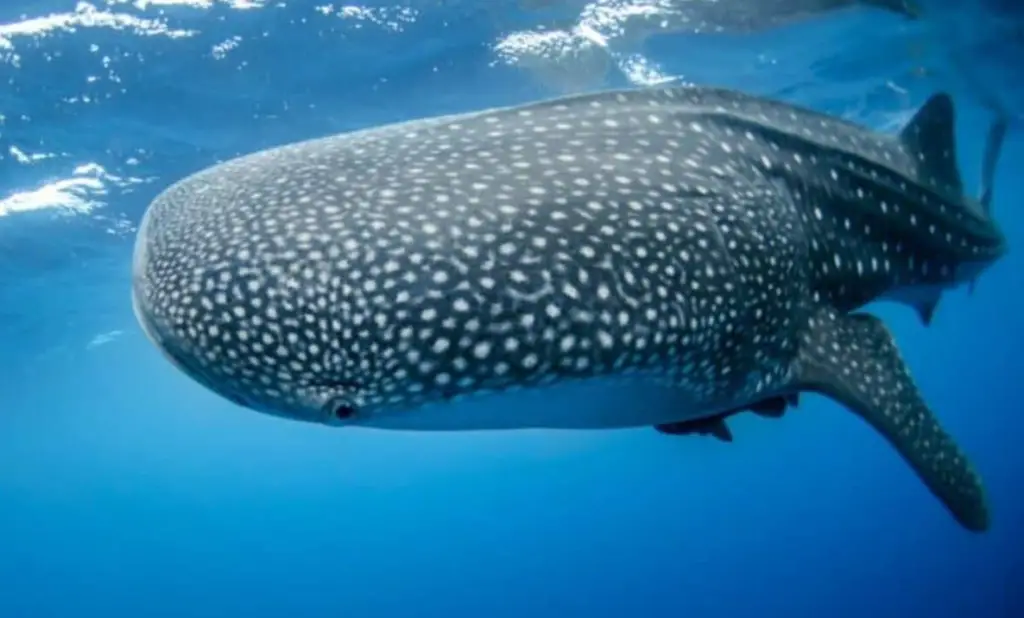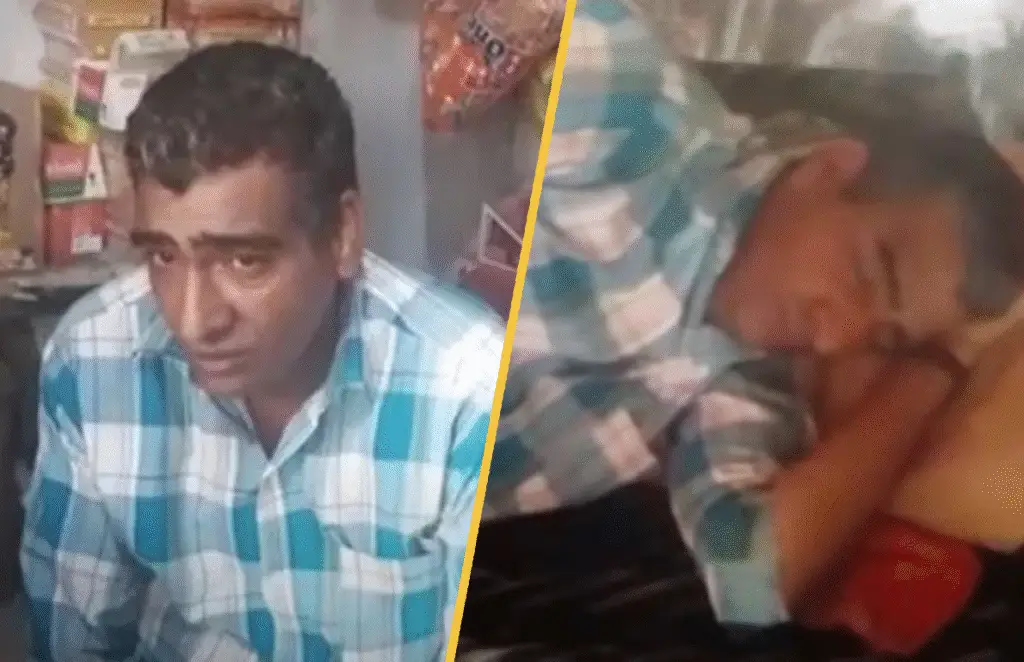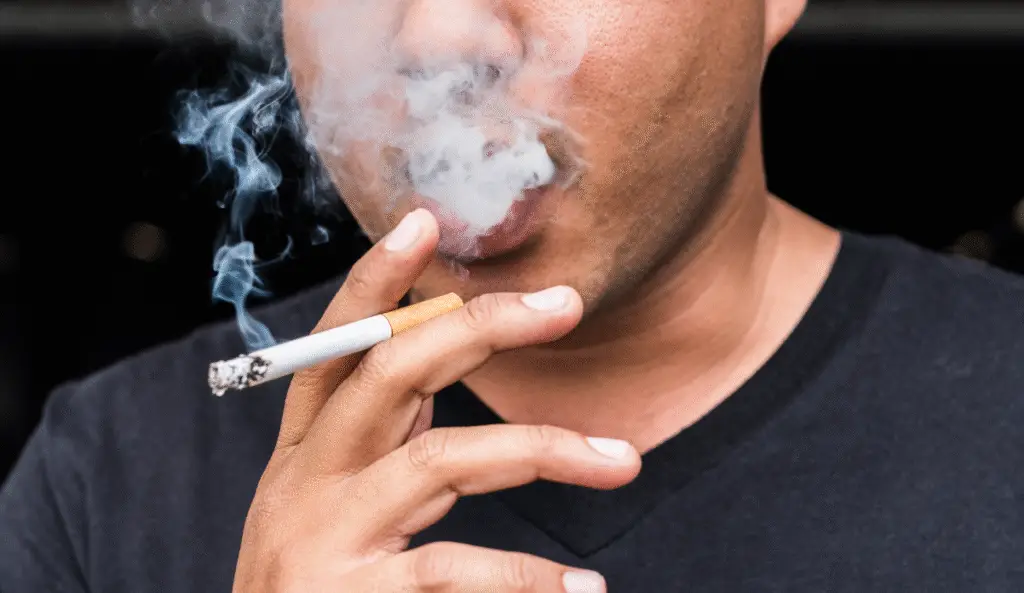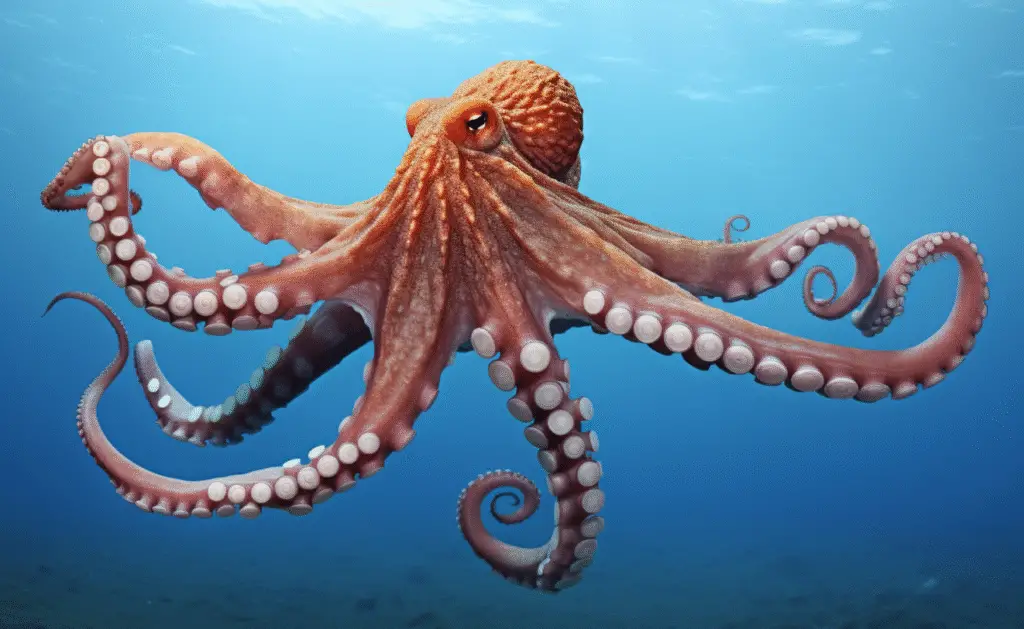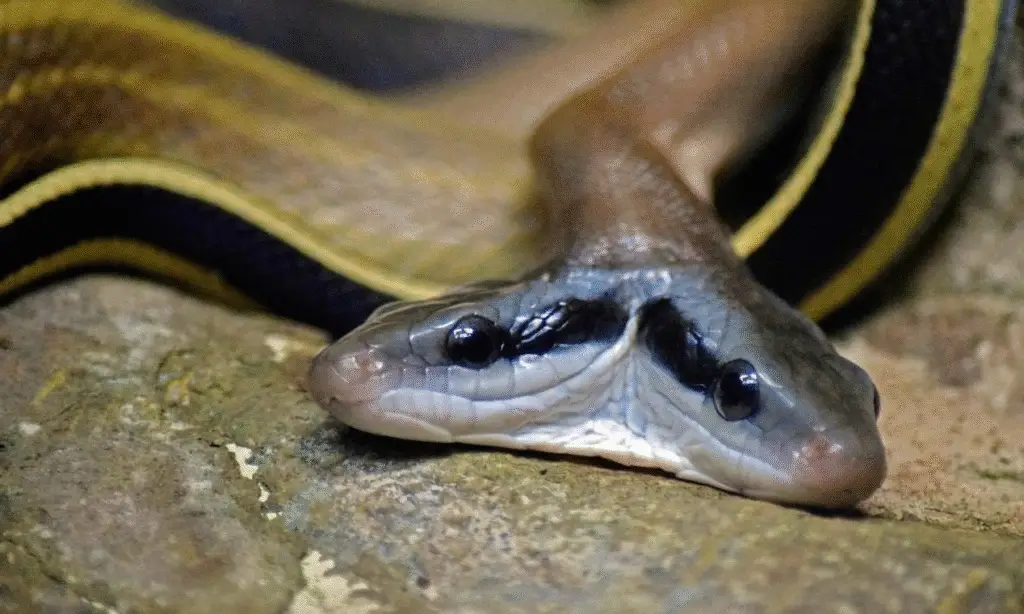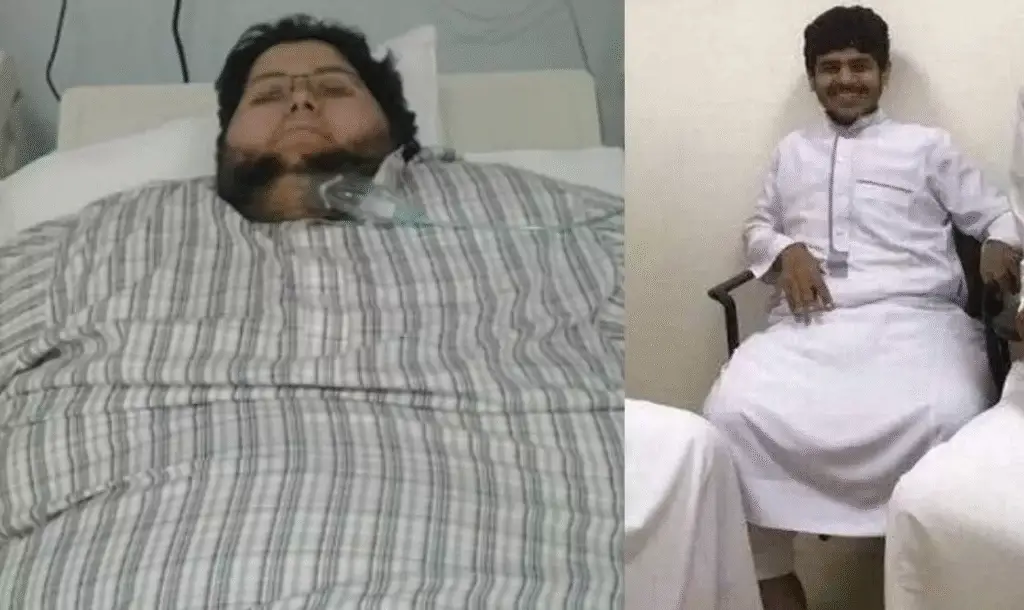Kenyan Scientists Uncover Plastic-Eating Insect: A Potential Breakthrough in Fighting Africa’s Plastic Waste

Imagine a tiny insect chowing down on Styrofoam like it’s a buffet.
Sounds wild, right? Well, scientists in Kenya have discovered just that: the larvae of the Kenyan lesser mealworm, a native insect, can munch on polystyrene—the stuff in your takeout containers and packing peanuts.
This isn’t just cool; it’s a potential game-changer for tackling Africa’s plastic pollution crisis.
This groundbreaking find comes from the International Centre of Insect Physiology and Ecology (ICIPE) in Nairobi.
It’s the first time an African insect has been identified with this plastic-eating superpower, and it’s got researchers buzzing with excitement.
Why Plastic Pollution Is a Big Deal
Let’s talk about the elephant in the room: plastic pollution. It’s a global nightmare, but Africa’s got it rough.
The continent generates millions of tons of plastic waste yearly—think plastic bags, bottles, and, yes, polystyrene.
Yet, recycling rates are abysmal, often below 5% in many African countries, according to environmental reports.
Polystyrene is especially nasty. Used in everything from food containers to insulation, it’s cheap, lightweight, and practically indestructible, lingering in the environment for centuries.
Traditional recycling methods, like chemical or thermal processing, are pricey and often spew out pollutants. That’s why this insect discovery feels like a ray of hope.
Meet the Plastic-Eating Star
The Kenyan lesser mealworm is the larval stage of the Alphitobius darkling beetle.
These small, dark, caterpillar-like critters are often found in poultry farms, munching on grain in warm, food-rich environments.
But here’s the kicker: they’ve got a taste for polystyrene too.
Researchers think this species might be a unique African sub-species of the Alphitobius genus, though more studies are needed to confirm.
Either way, its ability to eat plastic makes it a standout in the insect world.
The Science Behind the Munching
So, how does a tiny larva tackle something as tough as Styrofoam? To find out, ICIPE scientists ran a month-long experiment.
They split the larvae into three groups: one got only polystyrene, another ate nutrient-rich bran, and a third had a mix of both.
The results were eye-opening. Larvae on the mixed diet devoured 11.7% of the polystyrene provided, outshining the others.
The polystyrene-only group survived but didn’t thrive, suggesting plastic alone isn’t enough to keep them healthy.
The insects likely use polystyrene’s carbon and hydrogen for energy, but they need extra nutrients for optimal performance.
The Real MVPs: Gut Bacteria
Here’s where it gets even cooler. The larvae’s plastic-eating powers come from bacteria in their guts.
Analysis showed high levels of microbes like Proteobacteria and Firmicutes, known for breaking down complex substances.
Specific strains—Kluyvera, Lactococcus, Citrobacter, and Klebsiella—produce enzymes that can digest synthetic plastics.
The wildest part? These bacteria aren’t naturally abundant in the larvae.
Their gut microbiome adapts when they eat plastic, recruiting these microbial heavyweights to tackle the job.
It’s like the larvae are assembling a crack team to fight plastic pollution.
Why This Matters for Africa
Africa’s plastic crisis is intense. High plastic imports, low reuse, and weak recycling systems create a perfect storm.
In Kenya alone, plastic waste clogs rivers, landfills, and even beaches, threatening ecosystems and public health.
The United Nations Environment Programme estimates that Africa generates over 70 million tons of plastic waste annually, with only a fraction recycled.
This discovery is a big deal because it’s local. “The regional focus of our research is vital,” says Fathiya Khamis, a senior scientist at ICIPE.
“We’re not just tackling a global problem; we’re tailoring solutions to African contexts.” A homegrown solution could be more practical and cost-effective than imported tech.
The Big Picture: Scaling Up
Nobody’s suggesting we unleash millions of mealworms on landfills—that’d be a logistical mess and, frankly, a bit gross.
Instead, researchers want to harness the bacteria and their enzymes for industrial use.
Picture factories or cleanup sites using these enzymes to break down polystyrene on a massive scale.
The potential is huge, but there are challenges.
Can these enzymes be produced efficiently? Are the byproducts safe? Can the larvae or their bacteria tackle other plastics, like polyethylene or PET?
These are the questions driving future research.
What’s Next for the Research
The ICIPE team has big plans. They’re focusing on four key areas:
- Enzyme Isolation: Pinpointing and scaling up the enzymes that degrade polystyrene.
- Other Plastics: Testing if the larvae or their bacteria can handle different types of plastics.
- Insect Health: Ensuring the larvae stay healthy during long-term plastic consumption.
- Safety Checks: Assessing whether insect biomass, post-plastic diet, is safe for uses like animal feed.
These steps are critical to turning this discovery into a real-world solution.
Joining a Global Insect Squad
The Kenyan lesser mealworm isn’t alone in its plastic-eating prowess.
Yellow mealworms and superworms, found in places like Europe and Asia, have shown similar abilities.
But this African species stands out because of its local relevance and unique bacterial toolkit.
Its familiarity with human environments, like poultry houses, makes it easier to study and potentially scale up.
Plus, there’s an economic angle: if the biomass is safe, it could be used for animal feed, creating new revenue streams.
My Take: A Glimmer of Hope
I’ll be honest—this discovery blows my mind. It’s wild to think a tiny insect could help solve a problem as massive as plastic pollution.
Nature’s got this knack for surprising us, from bacteria thriving in volcanoes to plants cleaning up toxins.
But there’s a catch: scaling this up won’t be a walk in the park. We need to make sure it’s safe and practical.
Still, the idea that a Kenyan larva could lead the charge against plastic waste? That’s the kind of hope we need right now.
A Step Forward, Not a Cure-All
This find is a small but exciting step. It’s not going to clean up Africa’s plastic mess overnight, but it’s a reminder that solutions can come from unexpected places.
The next time you’re staring at a Styrofoam cup, think of those Kenyan lesser mealworms and their bacterial buddies.
They might just be the unsung heroes our planet’s been waiting for.










